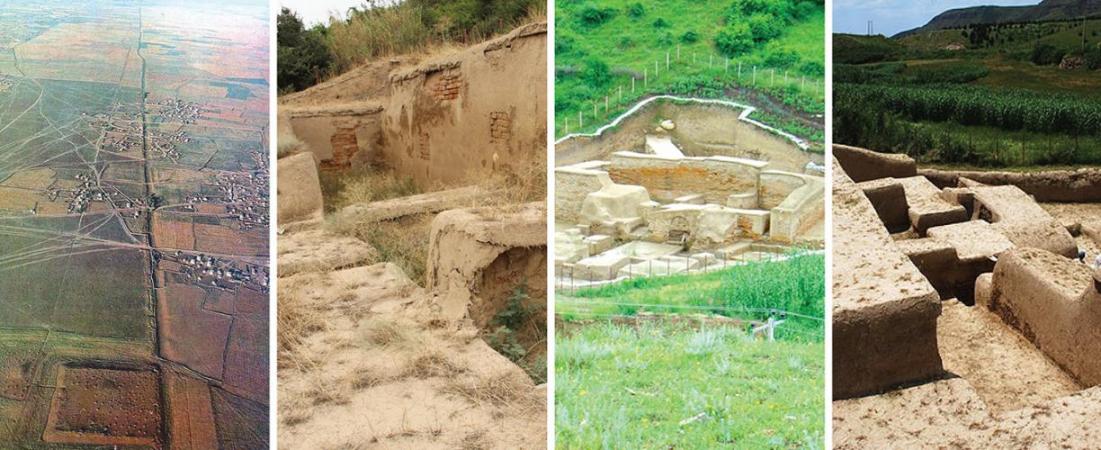Archaeological underwater explorations started in the Caspian Sea on November 25, IRIB quoted director general of Iran’s Cultural Heritage, Handicrafts and Tourism Organization (ICHHTO) in Golestan Province Qorban Abbasi as saying.
The explorations are aimed at finding the remnants of a submerged fort possibly between the two historical walls of Gorgan and Tamishe.
Story of 2 Walls
Both historical walls are in Golestan Province. The wall of Gorgan is 200 km long in an east-west direction, beginning from the southeastern corner of the Caspian and ending at the Golestan National Park. The wall of Tamishe is 15 km long and extends in a north-south direction from skirts of the Alborz Mountains to Gorgan Gulf.
At the intersection of the two Sassanid walls, there may be remnants of a defensive fort. For 20 days, archaeologists from Iran, Russia, Italy, Germany, as well as Scotland have been in search of evidence proving this hypothesis.
Dr Jebrael Nokandeh from the research institute of ICHHTO and Dr Eberhard Sauer from Scotland’s University of Edinburgh are supervising the joint archaeological team. They intend to know if the two walls of Gorgan and Tamishe were actually interconnected.
The hypothetical fort may have been submerged with the rise of the Caspian waters, Abbasi commented. The team will continue searching for proof for another 45 days. Interdisciplinary studies will be conducted to reveal the unknown aspects of the walls and related constructions, involving geo-archeology, palaeoethnobotany, zoology, and landscape-archaeology.
Since the explorations are taking place underwater, conventional excavation techniques cannot be applied and geo-physical techniques such as laser and radio-magnetic waves are being used instead.
A total of $74,520 has been allocated to the 6th season of the explorations. Some 20 researchers are participating in the project.
Red Snake
The historical wall of Gorgan is also known as Red Snake. Archaeological studies show that this wall was built during Sassanid era, around 429 to 615 AD. The entire wall is built with bricks. The height of the wall is estimated to have been 6 to 10 meters.
There is a trench in front of the wall. It was used as an additional barrier against the advance of enemies. During wartime the waters of Gorgan river located behind the wall were directed into the trench. A dam called Kargaz was built over the wall to guarantee the supply of water needed for the trench.
The adobes used in the wall were 10x40x40 cm made of earth dug out of the trench and mixed with straw.
They were then cooked in kilns. About 150 of such kilns have been found around the wall.
Some 36 citadels were built behind the Gorgan wall. The eastern end of the wall is buried in sediments of the Caspian sea. It is possible that the ancient fort, the linking post of the two walls of Gorgan and Tamishe, is hidden in the sands of the Caspian.


